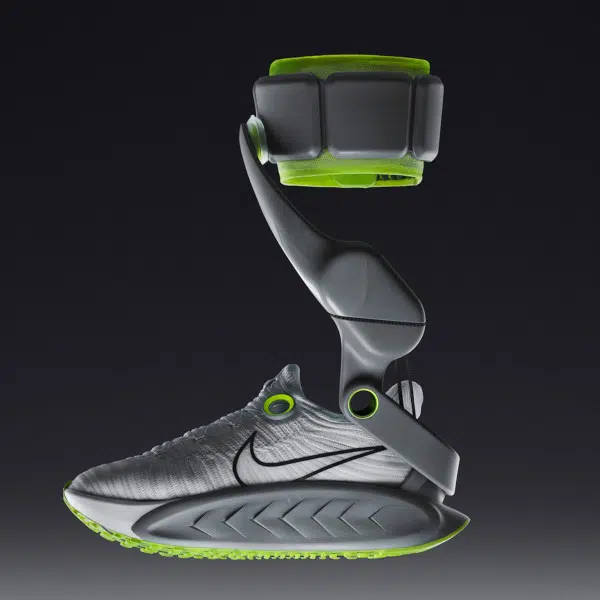
Photo: Elsa Noblet
Working remotely comes with some compelling benefits, namely the freedom to choose where to work, when to work, and the chance to spend more time with loved ones. But, having all that freedom, are employees working remotely as productive as those in the office? Good news for fans of remote work: a Texas A&M study recently found that the answer to that is a resounding yes. In fact, they found that the resilience of both employees and company may be enhanced through the opportunity for employees to work remotely during events that cause workplace displacement. In the case of the study, conducted in 2017, that cause was Hurricane Harvey. Since 2020, COVID-19 and social distancing measures have been the cause of displacement and, more recently, the source of debates as to the pros and cons of remote work.
The study was conducted by a research team (Kamrie Sarnosky, DrPH, Mark Benden, PhD, Garrett Sansom,DrPH, Leslie Cizmas, PhD and Annette Regan, PhD) from the Texas A&M School of Public Health. To collect the data, they worked with a large oil and gas company in Houston, analyzing the ergonomic software data of 264 of their employees. During the study period, the company was forced to close its offices due to flooding from Hurricane Harvey. This led to employees having no choice but to work remotely for up to seven months, for some.
The study, which was published in IOS Press in February 2022, looked at employee technology data from before, during, and after the hurricane. The data from the “before” period, January–August 2017, established the baseline of activity; the “during” data was collected during complete storm displacement, between August and September of 2017; and the “after” data was collected during the period of time of gradual return to the office (September 2017–March 2018) and, finally, the complete return to the office (April–December 2018).
What they found strongly suggests that remote work does not negatively impact workplace productivity. Although total computer use declined during the hurricane as an immediate response to displacement, employees' hours steadily increased with time, and their work behaviors quickly returned to pre-hurricane, pre-displacement levels. As employers across the country debate the practicality and efficacy of remote and hybrid schedules, this analysis provides important insights into the reality of remote workers and their performance.

Photo: Sincerely Media
Since the study is part of a larger effort by the university's Ergonomics Center to study the health of information workers, the researchers also tracked the ergonomic environment in employees' home offices, with the goal of understanding and addressing remote employee health issues. These issues included stress, depression, and substance abuse, as well as smaller issues that compound to create health problems over time, such as poor posture and the hours of computer work that can lead to carpal tunnel syndrome.
“The research says that if you work a certain way at a certain pace over a certain duration, you’re more likely to become injured from that work,” Benden, one of the researchers, says. “But if you work a little less or a little less often or break up the duration […] then you’re less likely to develop a problem from doing your office work.” To test this, they recommended breaks to the employees periodically, and found, again, that the positive exercise improved both the quality and the output of their work.
With the study being published at such a relevant time, the researchers are emphasizing the importance of applied research, especially when it could potentially improve the health and wellbeing of remote workers. Says Benden, “We need to learn this about people, we need to teach people about it, and then we need to help people actually do it.”
h/t: [Texas A&M Today]
Related Articles:
25 Essential Apps for Remote Workers to Bring Their Office Anywhere
Portuguese Law Prohibits Employers From Contacting Workers After Hours
30 Creative Products That Offer a Fun Refresh For Your Home Office






















































































